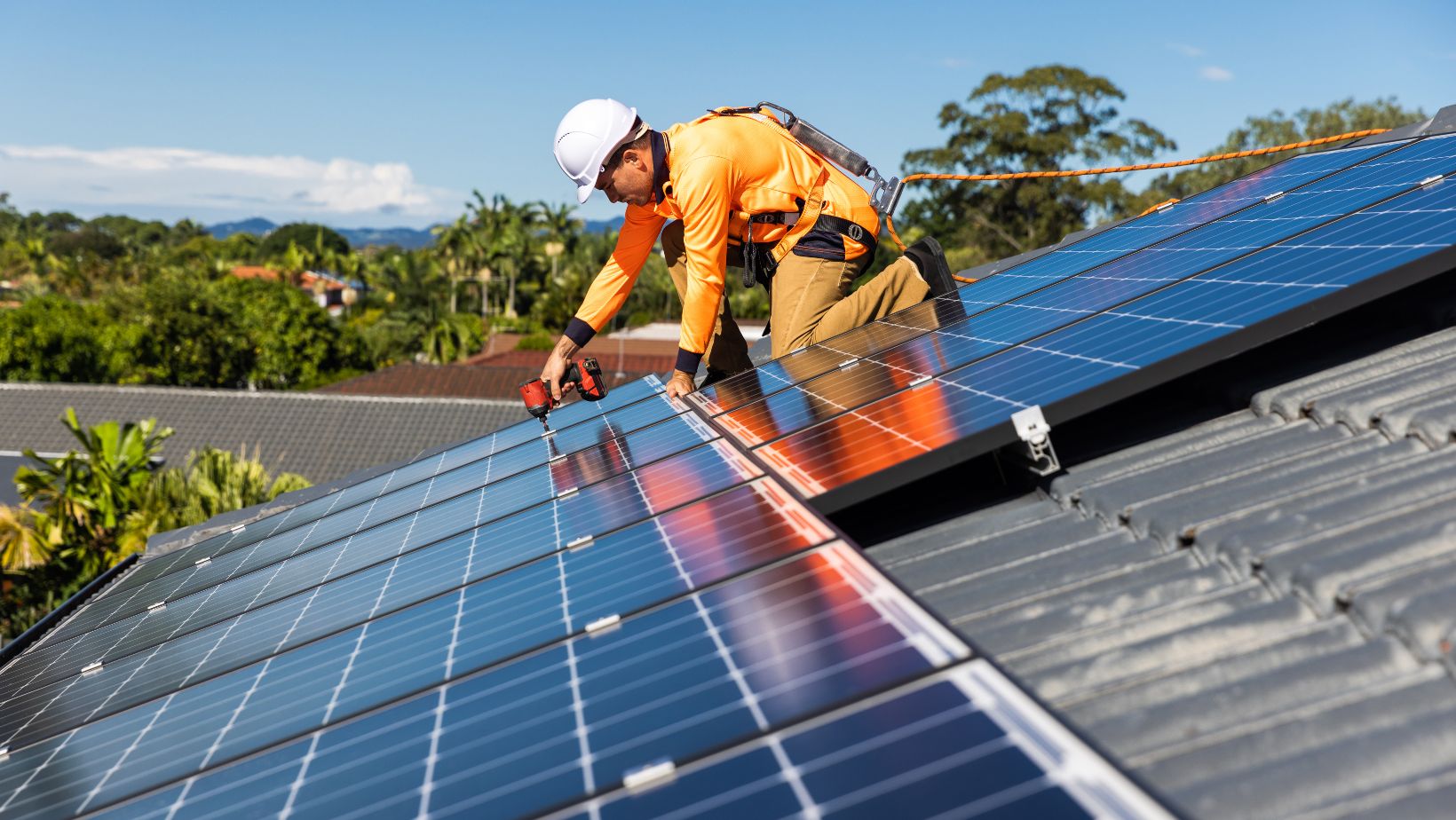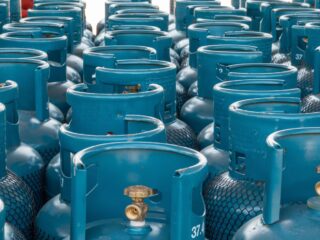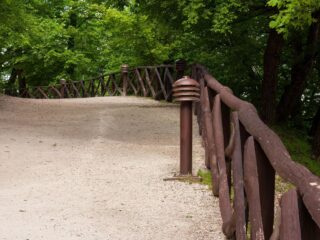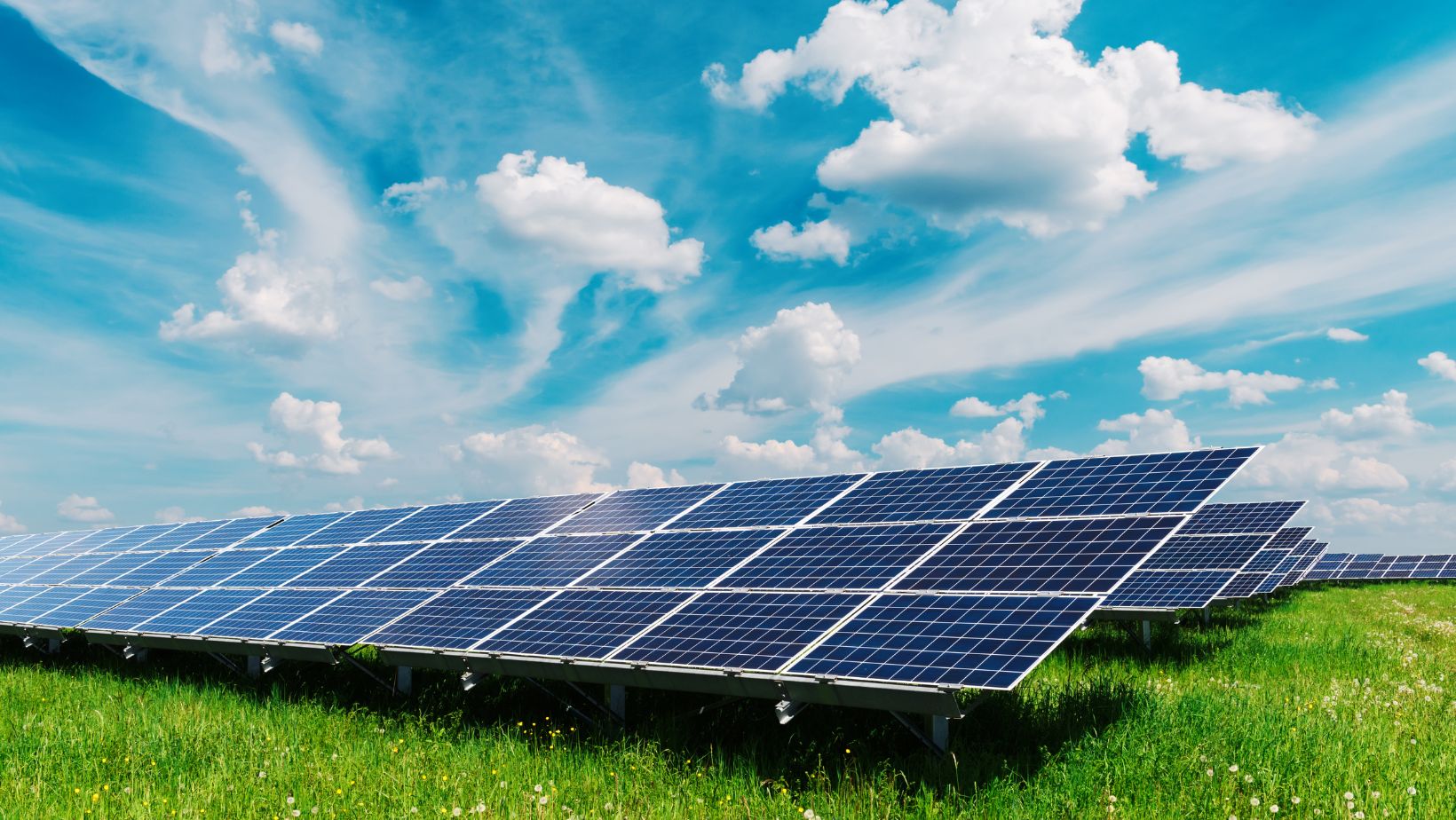
Whether you operate in the agricultural or farming sector, expensive energy bills can be one of your biggest concerns. You can resolve that issue by moving to bifacial solar panels. You need a sprawling area with sufficient empty ground or a flat roof for these panels. If your property or land meets this criterion, you can harvest 10 to 30% more electricity from these panels. Let’s understand this solar panel choice a little better.
Bifacial Solar Panels
These technologically advanced solar panels feature a unique design, enabling them to absorb sunlight from the back and front sides. Traditional options mainly generate electricity from the front side. Hence, switching to bifacial solar systems means producing more energy. Combine this power with its ability to capture reflected light from water, sand, snow, and other surfaces. However, correct installation is the key to enjoying optimum energy output and justifying its upfront cost. You must contact a trusted commercial solar panel company for help.
Bifacial Solar Panel Installation Types
This panel design is recognized for its double sunlight-capturing power. Common installation types include ground-mounted or roof-mounted. When installed on the ground, these panels absorb sunshine from the ground and produce more power. You can experiment with different panel heights and tilt angles for the albedo effect. What is the albedo effect? It refers to the ability of the back side of the panel to capture sunlight reflected from the ground and overall increased energy production efficiency. These panels can also be installed on flat roofs or light-colored roofs that reflect more sunlight.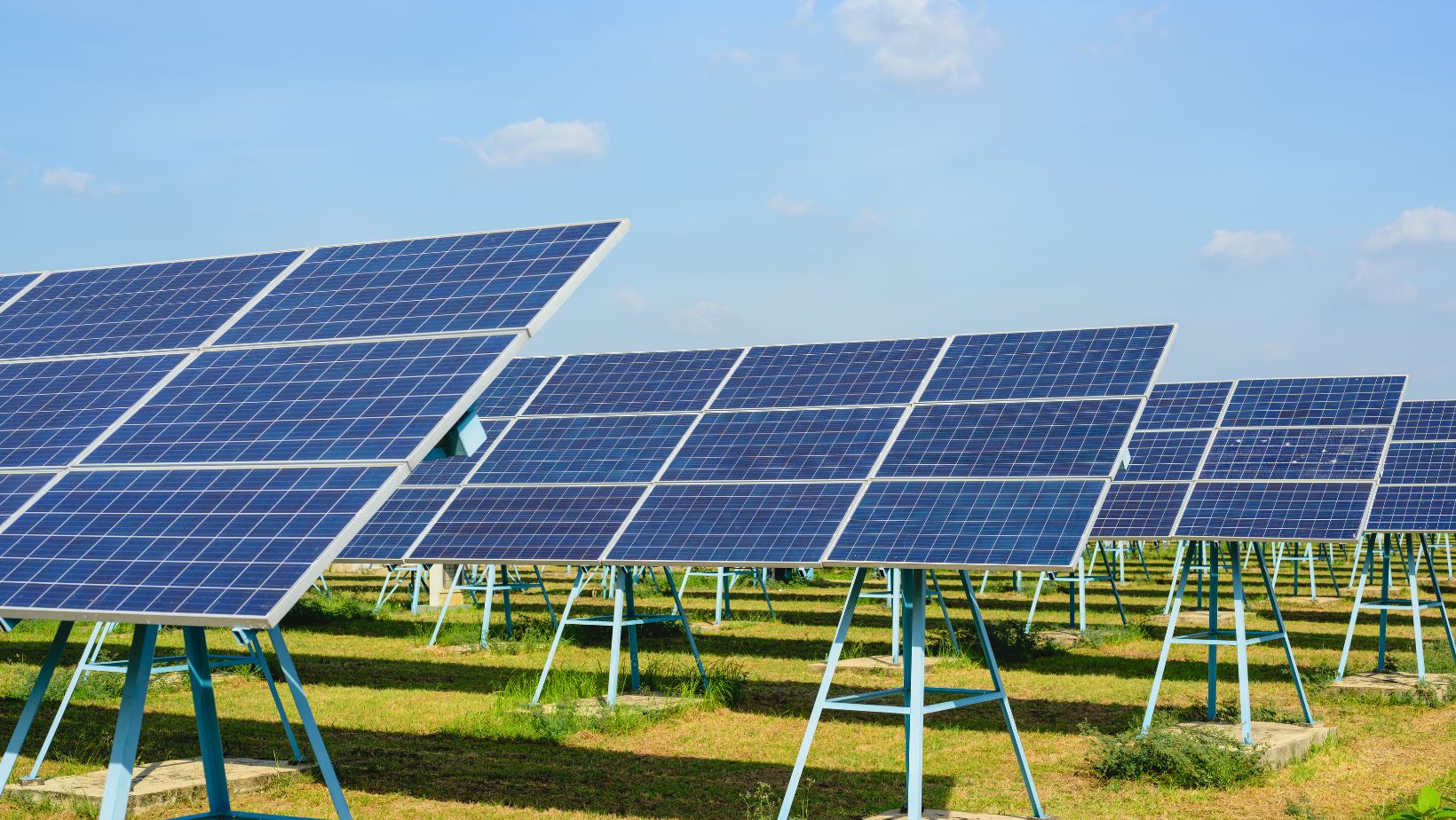
Bifacial Solar Panel Installation Considerations
The basic installation principle remains the same even with this variety. However, these are slightly more complex than monofacial panels. That’s why certain things should specifically be considered. For example, solar panel orientation and angle play a vital role here. The installer must examine the site before positioning these panels to maximize energy output. These panels can also work well in the surroundings of reflective surfaces that bounce sunlight. Based on the site’s structural strength and albedo, a proper elevation for the panels can be decided. Due to its complex nature, these panels often require specific mounting systems. One must also ensure that these panels are reasonably away from the shade. Otherwise, it will affect its performance. An expert installer can find a suitable place for them, away from buildings, trees, and other obstructions.
Furthermore, contractors should implement the proper wiring design and setup to make the system reliable and efficient. After installation, these panels will demand proper care. They accumulate debris over time, which can hurt their efficiency. So, you must maintain them well. Regular cleaning can help them generate more energy.
Monofacial panels are the conventional choice. Today, bifacial solar systems have become more popular for various reasons. One of them is their higher energy generation capacity. Plus, they are more durable. The two-sided panels can tolerate any weather conditions due to the quality of the material used in them and their construction. They are safe from degradation and damage issues. So, this module can be a good investment for your business.

